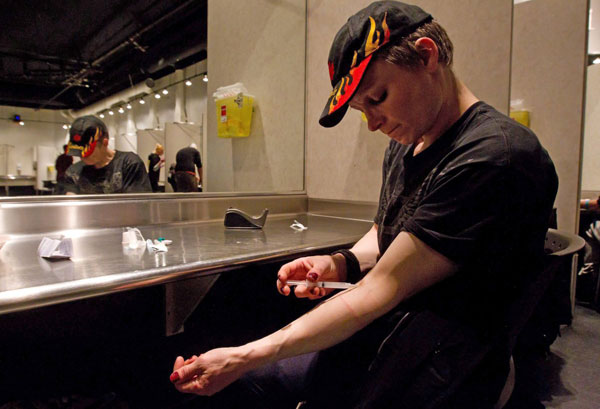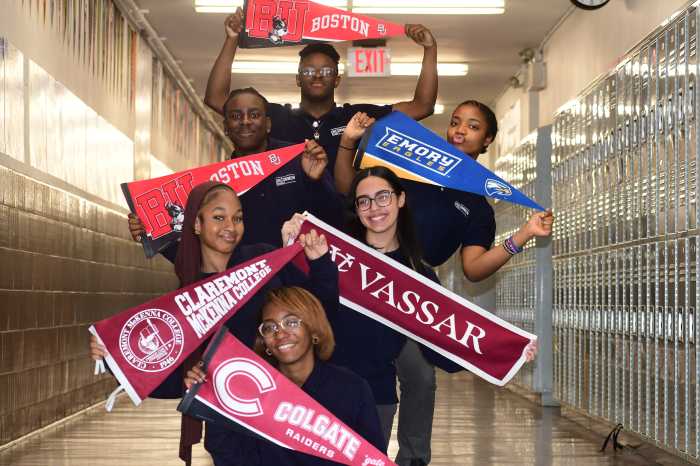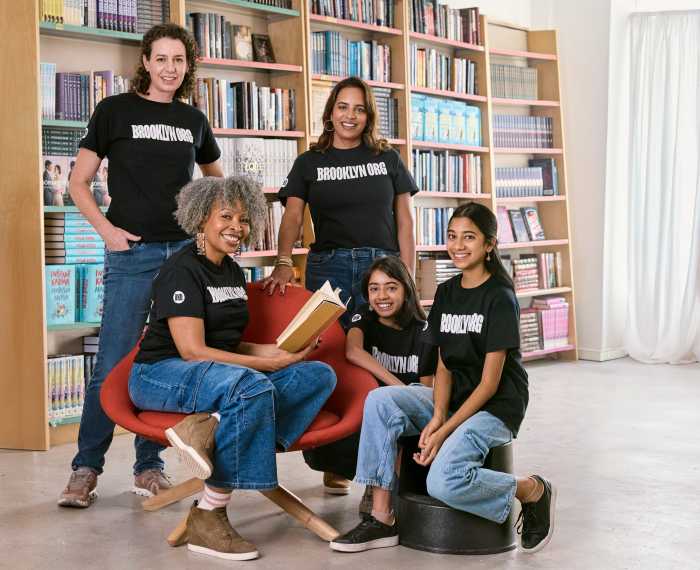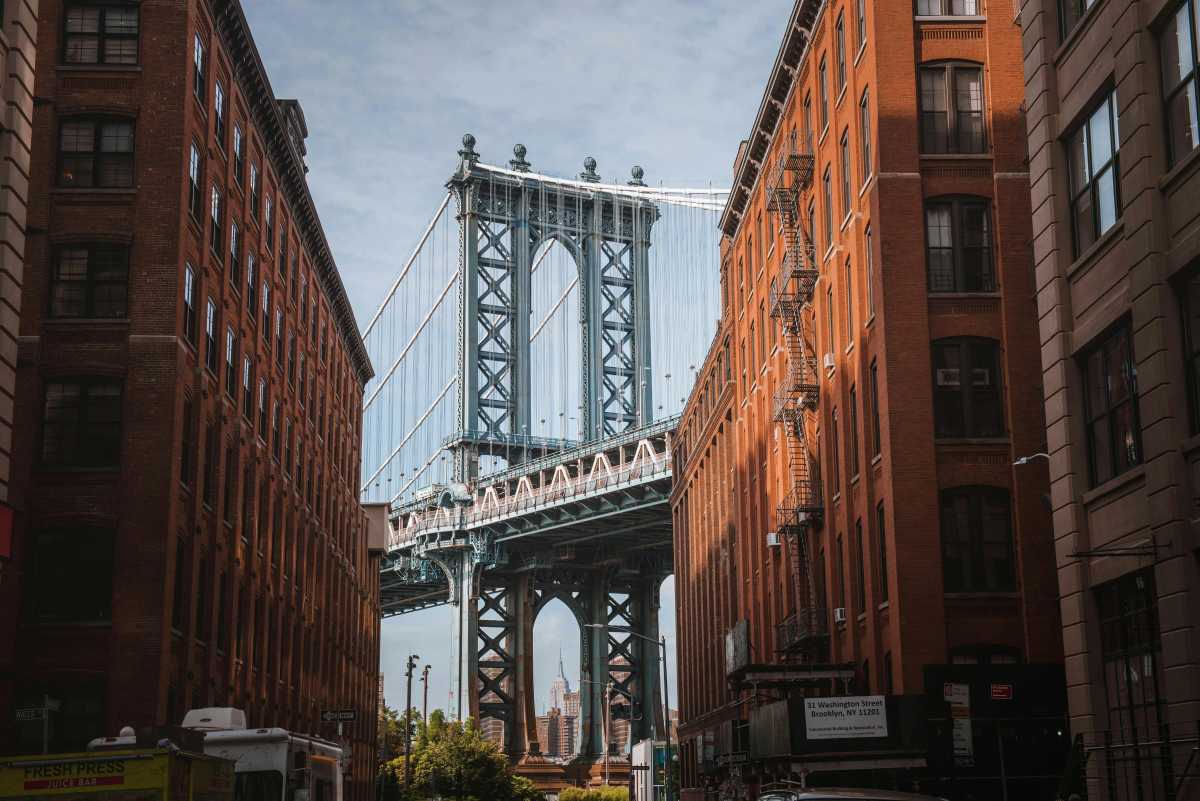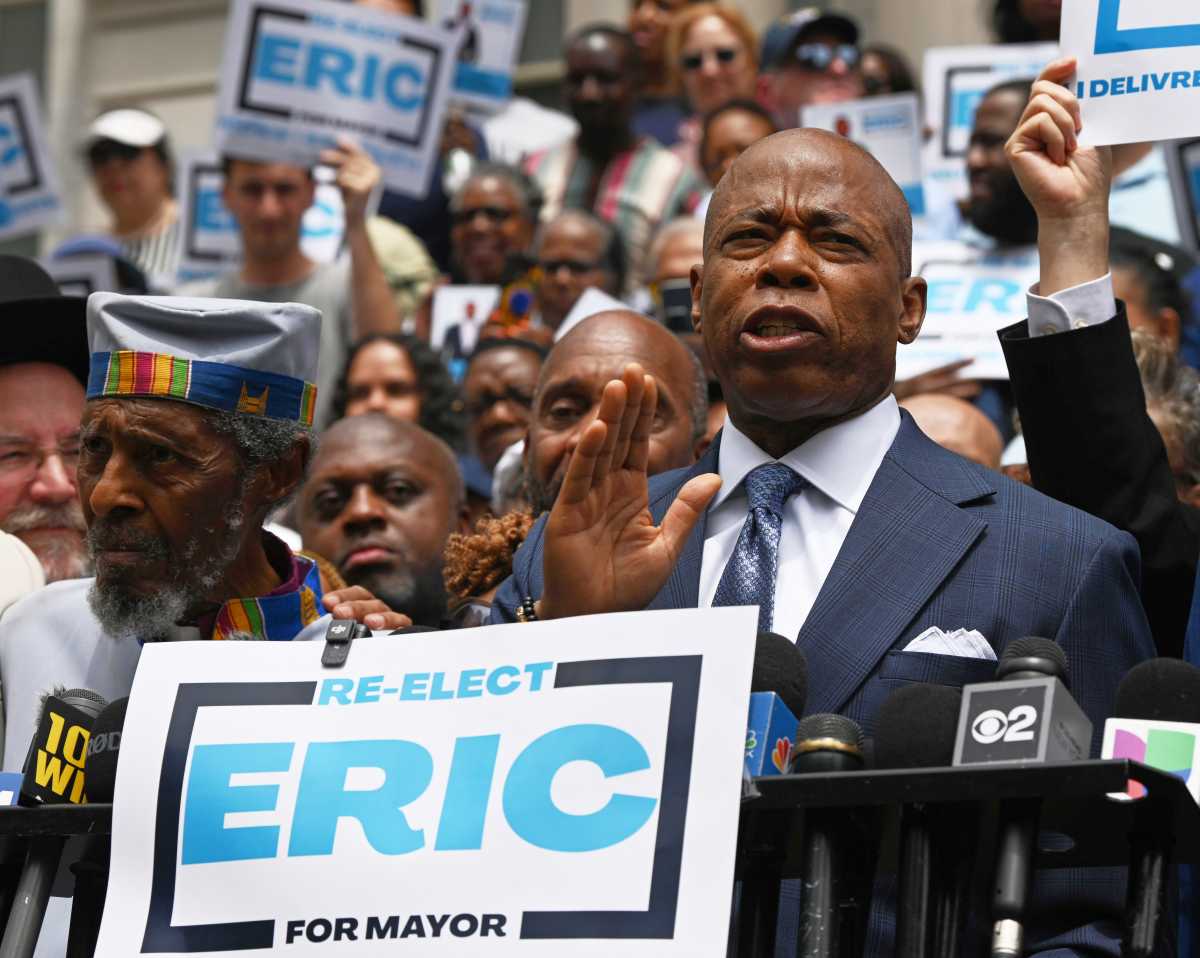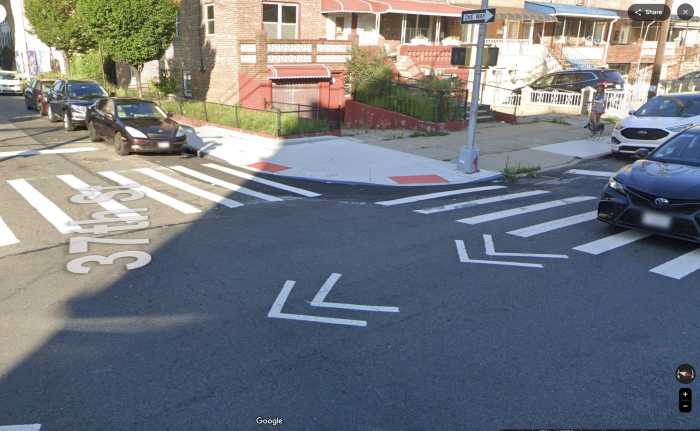Mayor DeBlasio pulled a fast one on Boerum Hillers on May 3 when he announced plans to open one of the nation’s first state-sanctioned drug-injection facilities at a needle-exchange site in Gowanus — that’s actually in the Hill.
Hizzoner wants to put the so-called safe-consumption site for opioid addicts inside an existing facility — where clean hypodermic needles and other resources are provided to drug users — at 80 Fourth Ave. between Bergen Street and Saint Marks Place, which is actually on the border of Boerum Hill and Park Slope.
And some Gowanusaurs said the mayor made a calculated decision to call the area Gowanus to avoid opposition from the Vocal New York needle exchange’s bougie next-door neighbors.
“Gowanus people tend to feel it’s a dumping ground anyway,” said Paul Basile, president of the business association, the Gowanus Alliance. “Had he said Boerum Hill, there would be torches outside City Hall right now.”
But as a former Brooklynite and Park Slope Councilman, who still owns a home on 11th Street between Sixth and Seventh avenues within walking distance of the proposed safe-injection site, Mayor DeBlasio ought to know the geography of his one-time home a little better, according to some Boerum Hillers.
“I mean, come on, the guy’s lived in the Slope for a long time!” said Bill Harris, whose wife Jo Anne Simon represents the neighborhood up in Albany as a Democrat in the Assembly. “His apartment is just a few blocks from the proposed location!”
Harris, however, conceded the Fourth Avenue facility could work well as a safe-injection site, due to its proximity to mass transit and healthy distance from more family-oriented parts of town.
“It’s probably a very good location,” he said.
And when asked whether the mayor misspoke in naming the spot’s proposed neighborhood, a spokeswoman simply said the facility would serve people from the general area at large.
“The location will be finalized during the community-advisory process, but it will serve Gowanus, Boerum Hill, and Park Slope,” said Olivia Lapeyrolerie.
DeBlasio announced his plan to open the safe-consumption facility — along with three others in Manhattan and the Bronx — in the wake of what a recently released Department of Health study deemed the city’s deadliest year of overdose deaths on record, after 1,441 New Yorkers died from fatal doses in 2017.
“The opioid epidemic has killed more people in our city than car crashes and homicides combined,” DeBlasio said. “We believe overdose-prevention centers will save lives and get more New Yorkers the treatment they need to beat this deadly addiction.”
Health Department officials launched that study with $100,000 in taxpayer funds allocated by Council in 2016, riling some locals who worried that finding locations for the safe-injection facilities would be a controversial process akin to selecting homeless-shelter sites.
But before any addict can step in to shoot up under supervision, DeBlasio’s plan must be approved by the state Department of Health; Councilman Stephen Levin, whose district includes the current Vocal New York site; and District Attorney Eric Gonzalez, who would need to refrain from prosecuting the users and facility staff who participate in the semi-legal drug consumption.
Gonzalez, however, quickly pledged his support for the initiative, after launching his own program in February that allows opioid addicts to avoid jail time by participating in counseling programs.
“We are in the midst of an overdose crisis,” the district attorney said. “I intend to work with the NYPD, local officials and members of the community to make sure that any facility opened in Brooklyn would be safely integrated into the community, and would connect substance users to treatment and other health and social programs.”
The mayor also has an ally in Levin, who wound up in handcuffs while protesting for the release of the Health Department’s study the day before it came out, according to a spokesman.
“We certainly think that kind of community effort was a factor in really moving the needle on this issue,” said Ed Paulino.
And officials at the state’s Health Department are currently reviewing DeBlasio’s proposal, an agency rep said.
“We have received [a letter from the mayor’s office] and the report, and look forward to thoroughly reviewing it,” said Gary Holmes. “We of course support the mission of reducing opioid-related deaths, and have been studying multiple options for combating the opioid epidemic.”
If the scheme is approved, Vocal New York staff would hire medical supervisors equipped with Naloxone — a drug usually administered as a nasal spray that quickly counteracts the effects of heroin — who could save hundreds from overdosing, according to safe-injection site proponents.
A facility in Canada, for example, reduced overdose fatalities by 35 percent, while another site in Australia lowered the death rate among users by a whopping by 80 percent, according to the city hygiene agency’s study.
And opening a facility in Brooklyn would also help clean up the borough, according to a Vocal New York leader, who said Brooklynites wouldn’t have to wait so long to use public bathrooms in particular.
“The idea with these programs, with any harm reduction program, is to have a place where people feel safe,” said Fred Wright. “They can come in and not try to use in a bathroom at Fulton Mall, and they can start to build connections of trust to address what’s going with them.”


